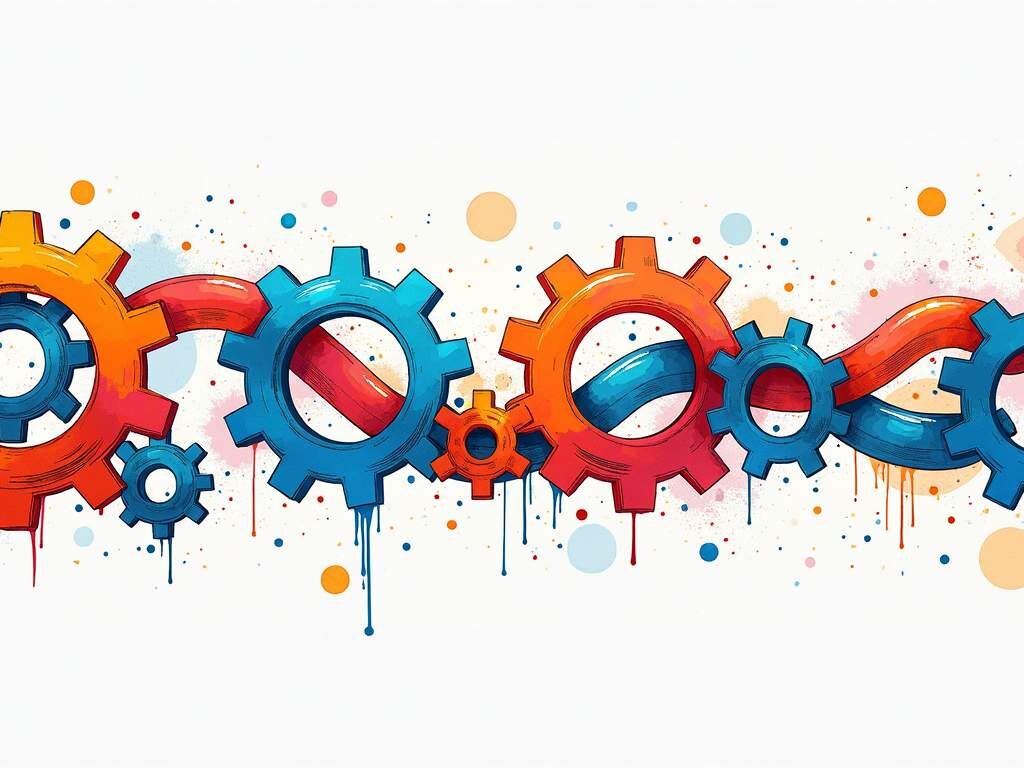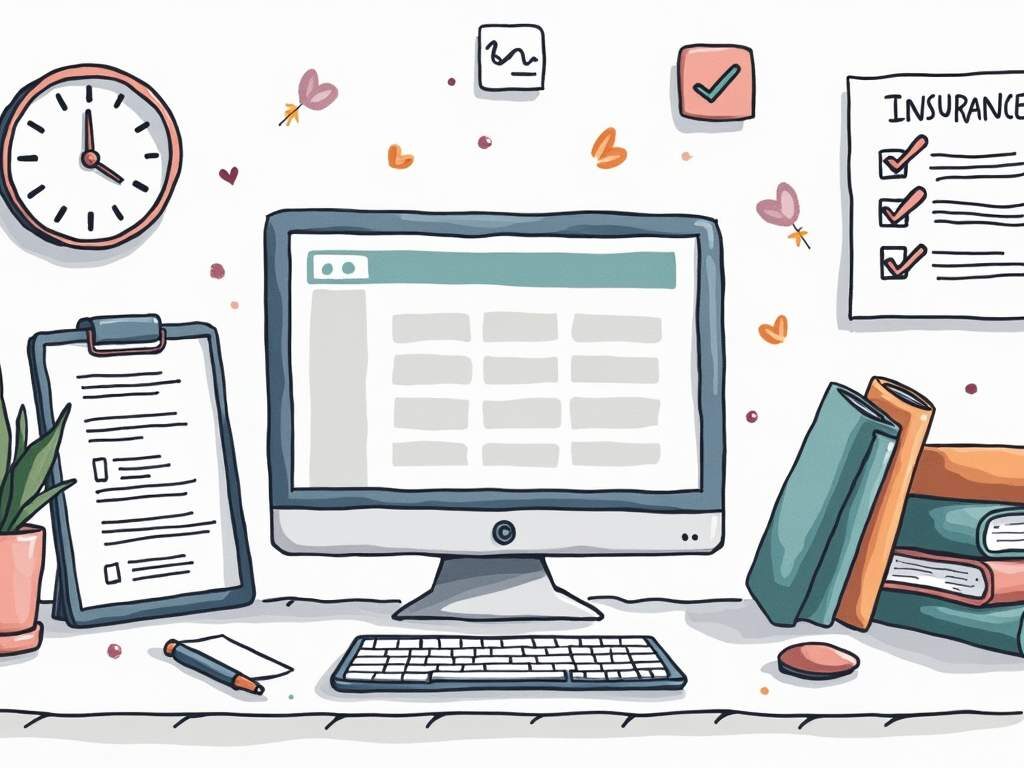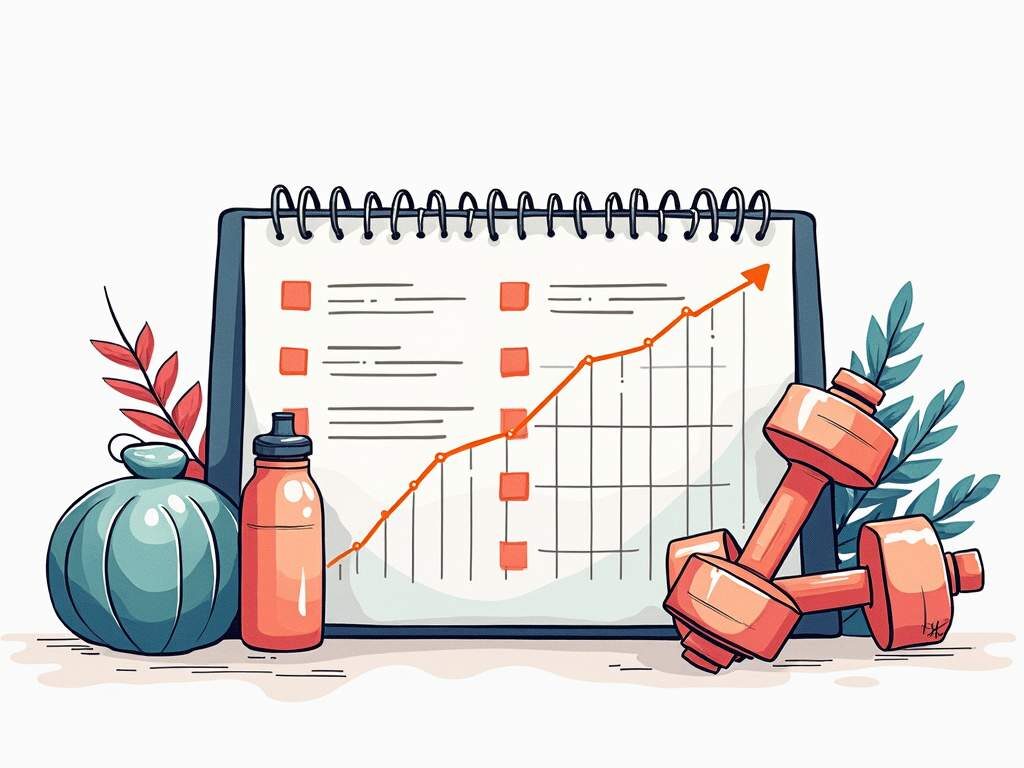Let’s face it—we’ve all been there. The client wants a polished video “by yesterday,” you’re juggling multiple projects, and somehow you need to deliver professional-quality footage without losing your mind. Whether you’re filming a wedding, corporate event, or creative project, maintaining focus and quality under pressure is the ultimate videographer superpower. In this article, I’ll share battle-tested techniques to help you stay sharp and deliver exceptional work, even when the clock is ticking.
Pre-Production Planning: Your Focus Foundation
The secret to maintaining focus under tight deadlines starts long before you hit record. Proper pre-production planning creates a mental roadmap that keeps you on track when time pressure mounts.
Create Shot Lists That Actually Work
Don’t just list shots—prioritize them. Break your shot list into three categories: “must-have,” “would be nice,” and “if time permits.” This mental triage ensures you capture the essential footage first, reducing stress and helping maintain focus on what truly matters. When time gets tight, you can confidently skip the lower-priority shots without second-guessing yourself.
For example, if shooting a corporate event, your must-haves might include the keynote speaker, audience reactions, and product demonstrations. Your “would be nice” list might include b-roll of networking, while “if time permits” could include artistic venue shots.
Scout Locations Strategically
When possible, visit locations before shooting day. Take photos, note lighting conditions at different times, identify power outlets, and mark potential audio issues. This preparation eliminates on-set decision fatigue, allowing you to focus purely on creative execution when filming begins. If physical scouting isn’t possible, request photos or video calls with someone at the location.
On-Set Focus Techniques
When you’re in the thick of shooting, maintaining mental clarity becomes challenging. These techniques will help you stay focused and efficient.
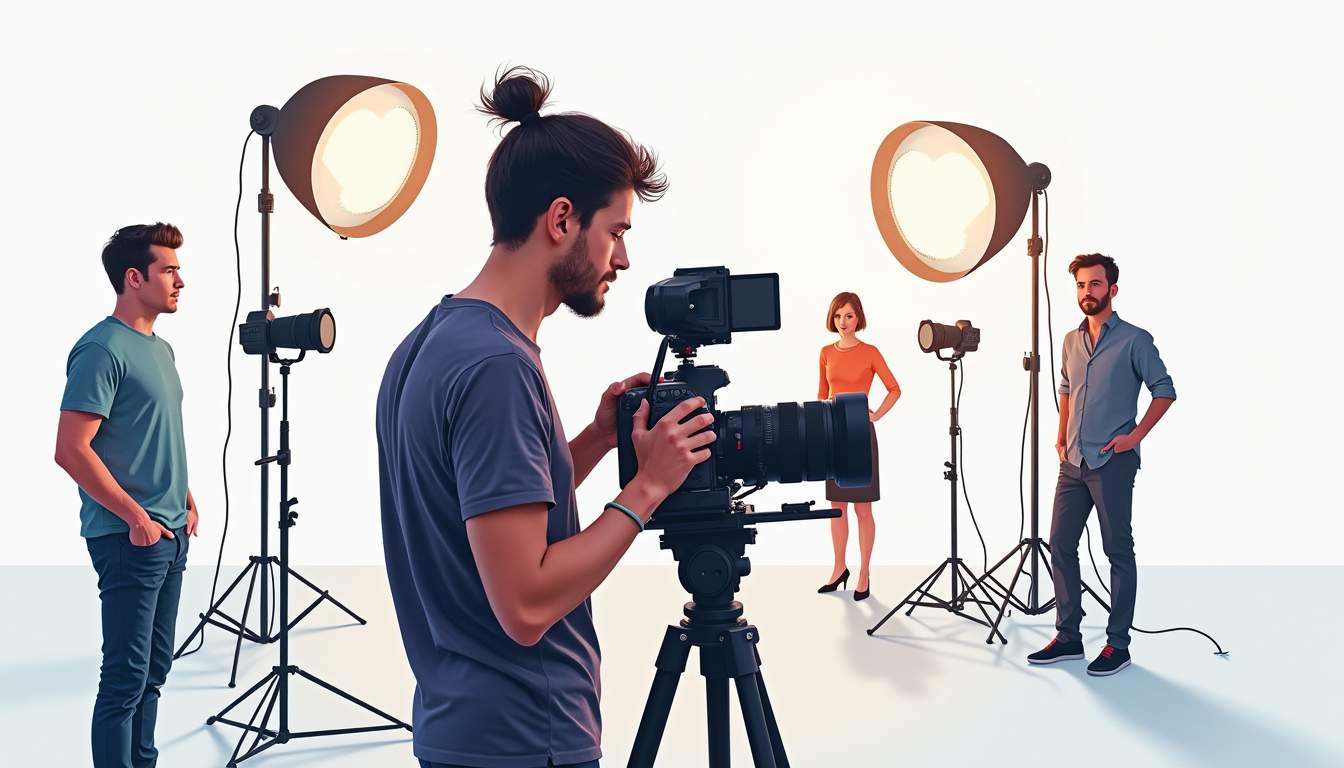
Implement the Pomodoro Technique with Focus Keeper
The Focus Keeper app applies the Pomodoro Technique specifically for creative professionals. Set it for 25-minute focused shooting sessions followed by 5-minute breaks. During breaks, review your shot list, check footage, or simply rest your eyes. This structured approach prevents mental fatigue and helps maintain consistent quality throughout long shooting days.
What makes Focus Keeper particularly useful for videographers is its visual timer that helps you track your focus sessions without constantly checking your phone. The app also logs your focus patterns over time, helping you identify when during the day you’re most productive—valuable data for scheduling future shoots.
The Two-Card Rotation System
Nothing kills focus faster than running out of storage mid-shoot. Implement a two-card rotation system: while shooting on one card, have your assistant or second shooter backing up the other. Label cards clearly with colored tape for quick identification. This system eliminates the mental burden of storage management and protects against data loss.
Batch Similar Shots
Constantly switching between different types of shots, lenses, or lighting setups wastes precious mental energy. Batch similar shots together—get all your wide shots with one lens before switching to close-ups. This reduces setup time and helps maintain a creative flow state where your best work happens.
For instance, if shooting a product video, capture all tabletop shots before moving to handheld lifestyle footage. Your brain stays in one creative mode rather than constantly switching contexts.
Post-Production Focus Strategies
The editing room is where focus challenges often intensify. Here’s how to maintain quality and efficiency during post-production.
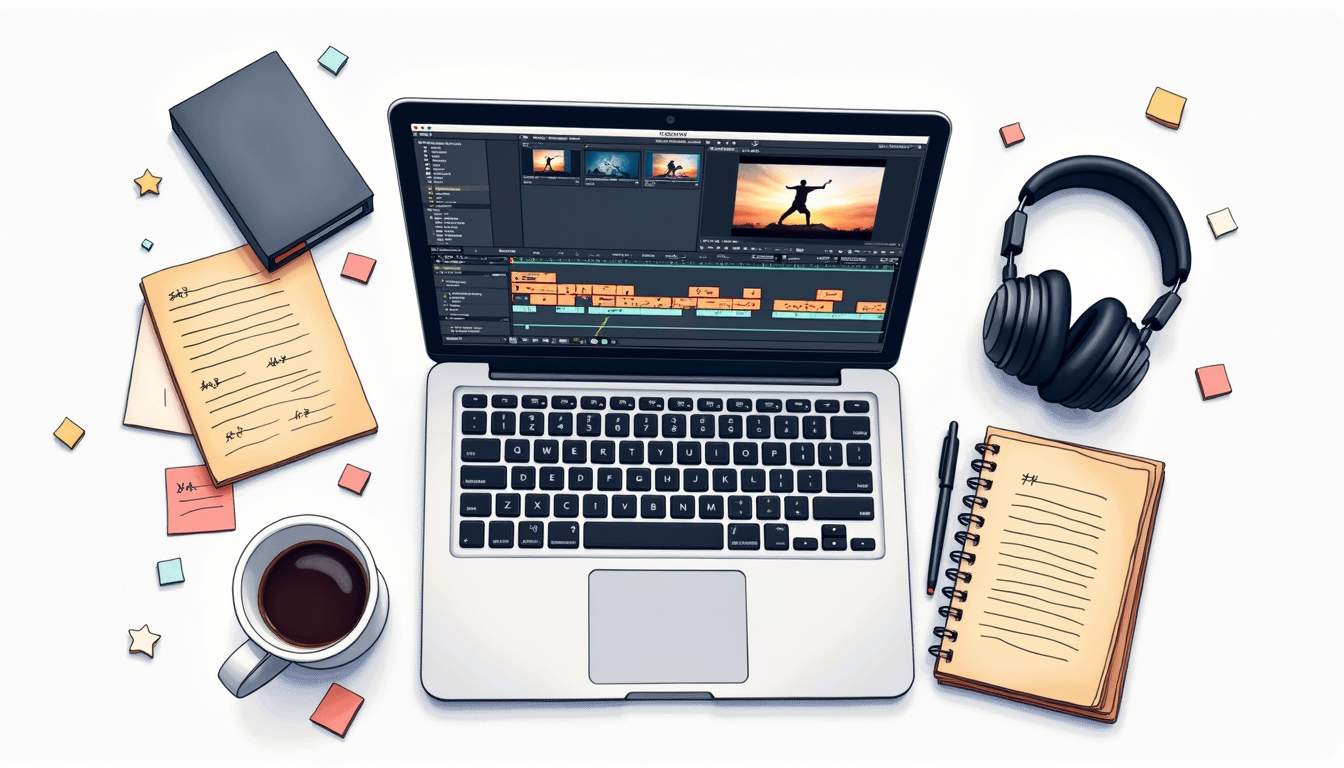
Create a Distraction-Free Editing Environment
Before starting your edit, take 10 minutes to optimize your workspace. Close unnecessary applications, silence notifications, and use Focus Keeper’s session timer to structure your editing time. Many editors find that 45-minute focused sessions with 15-minute breaks work better than the standard 25/5 Pomodoro split for post-production work.
Consider using noise-canceling headphones even when working in silence—they create a psychological barrier that helps maintain deep focus. Keep a notepad nearby to jot down distracting thoughts or ideas that pop up, allowing you to acknowledge them without breaking your flow.
The Assembly Edit Approach
When facing tight deadlines, resist the urge to perfect each section as you go. Instead, quickly assemble a rough cut of the entire project first. This gives you a structural framework and helps identify which sections need the most attention. You’ll also have something deliverable early in the process if the deadline suddenly moves up (it happens!).
Start by dropping your best selects on the timeline in roughly the right order. Don’t worry about precise cuts, color grading, or audio mixing yet. This approach provides the psychological benefit of seeing tangible progress quickly.
Leverage Keyboard Shortcuts and Presets
Create custom keyboard shortcuts for your most-used editing functions. Develop and save color grading presets for different lighting conditions you commonly encounter. These technical optimizations reduce decision fatigue and free up mental bandwidth for creative decisions.
Here are some essential time-saving presets to create:
- Basic color correction presets for common lighting scenarios (indoor fluorescent, golden hour, overcast day)
- Audio normalization presets for different recording setups
- Export settings presets for various delivery platforms
Mental Focus Maintenance
Beyond technical strategies, maintaining mental clarity is crucial for delivering quality work under pressure.
Strategic Caffeine Management
Rather than constant coffee consumption, use caffeine strategically. Consider a small cup before key focus periods, but avoid it late in the day when you need to wind down for sleep. Some videographers swear by the “coffee nap”—drinking coffee quickly followed by a 20-minute nap, waking just as the caffeine kicks in.
Focus Keeper can help track your caffeine intake alongside your productivity sessions, helping you identify your optimal consumption pattern for sustained focus without the jitters or crashes.
Client Communication Under Pressure
Managing client expectations becomes even more important under tight deadlines. Clear communication preserves your focus by preventing scope creep and last-minute changes.

The 80% Rule
When providing timeline estimates to clients during rushed projects, quote 80% of your actual capacity. This buffer protects your focus by allowing for unexpected challenges without creating panic. It also gives you room to occasionally deliver ahead of schedule, building client trust.
For example, if you know you can edit a 3-minute video in 6 hours of focused work, quote 8 hours to the client. This isn’t dishonest—it acknowledges the reality that perfect focus is rarely maintained for extended periods.
Remember that maintaining focus isn’t just about productivity—it’s about preserving the creative quality that makes your work stand out. By implementing these strategies, you’ll deliver exceptional video work even under the tightest deadlines, without sacrificing your sanity in the process. Your clients get great results, and you maintain the mental energy to bring your best to every project.

